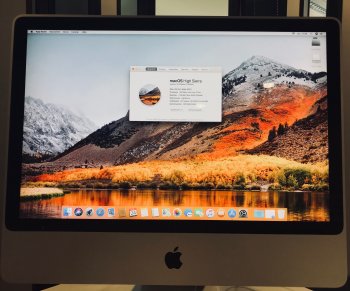Tried the post-install a second time and did not work again. I don't see a helper partition at efi boot screen.
When I quit the Utilities Launcher and select Startup Disk under the Apple icon, there is an unknown partition called Empty 2—no idea what it is and where it came from. I tried selecting it and the same thing happened again—it just defaults back to my HFS+ boot disk called CCloned. At the efi boot screen there is only two disks (not including recovery partitions) called CCloned which is my 10.13 HFS+ SSD, and FileBackups, which is my Sierra SSD. Both of these work fine but I cannot see any boot SSD called Spare or any helper partition from which to boot APFS. No idea why but Spare is a clean APFS formatted SSD formatted from DU in 10.13 beta 7. And I did select the APFS option in the post install.
I'll be interested to see what others experience or what I am doing wrong.
When I quit the Utilities Launcher and select Startup Disk under the Apple icon, there is an unknown partition called Empty 2—no idea what it is and where it came from. I tried selecting it and the same thing happened again—it just defaults back to my HFS+ boot disk called CCloned. At the efi boot screen there is only two disks (not including recovery partitions) called CCloned which is my 10.13 HFS+ SSD, and FileBackups, which is my Sierra SSD. Both of these work fine but I cannot see any boot SSD called Spare or any helper partition from which to boot APFS. No idea why but Spare is a clean APFS formatted SSD formatted from DU in 10.13 beta 7. And I did select the APFS option in the post install.
I'll be interested to see what others experience or what I am doing wrong.
[doublepost=1503569278][/doublepost]No fusion drives; all drives in my MP 3,1 are pure SSD only.Just got this working on my iMac 2007! Thanks
I did have to run the APFS patcher twice, then rebooted from the efi disk, that's all.
Is this with a SSD or a Fusion drive? Currently High Sierra doesn't support booting from APFS volumes on hard drives yet.






